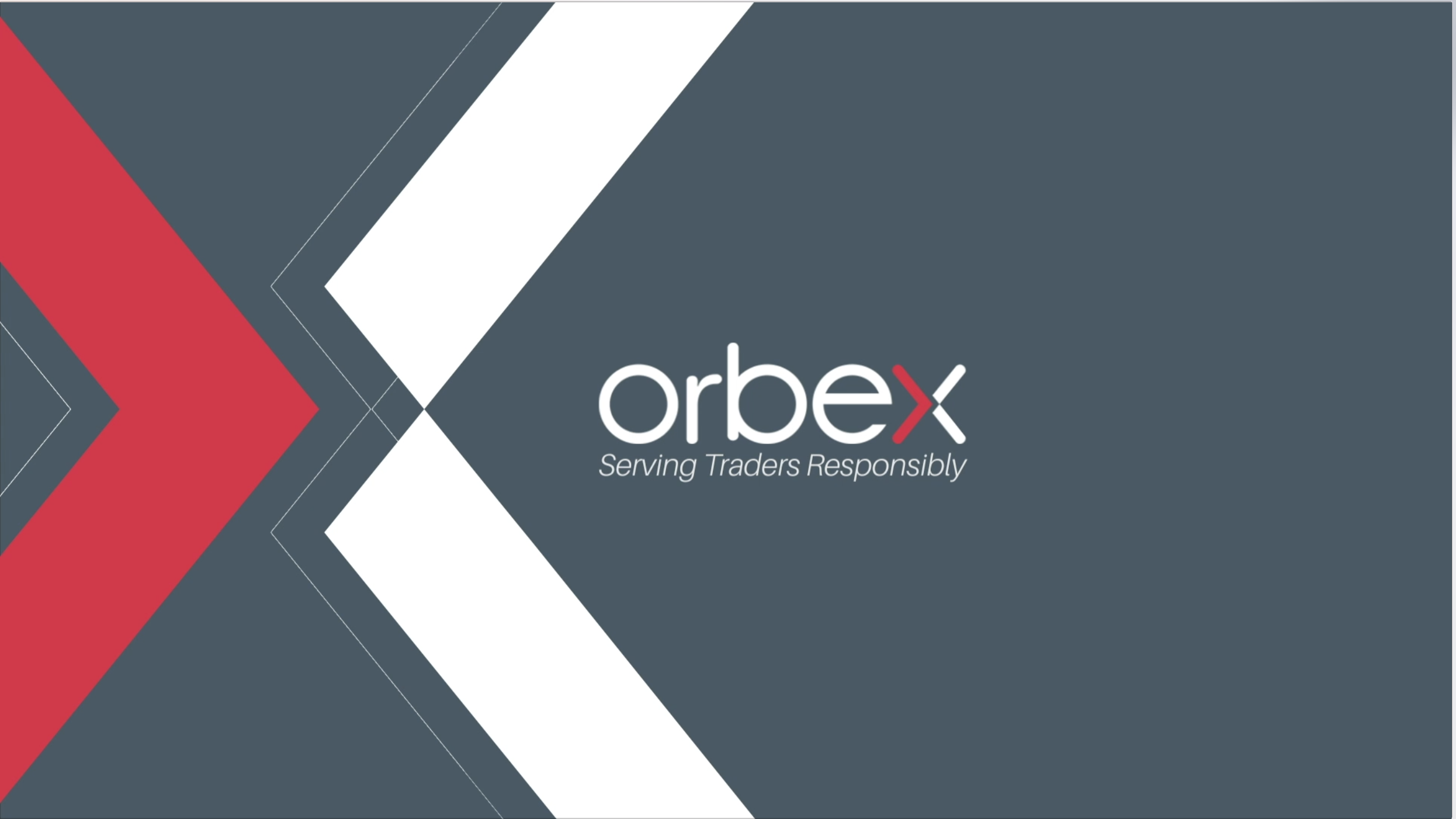NFP Misses Estimates Yet U.S. Unemployment Dips to 3.9%
Wage Growth Also Rises

The monthly Payrolls report from the United States showed the headline figure missing estimates. However, the overall picture of the U.S. labor market remained strong.
Data from the U.S. Bureau of Labor Statistics showed that the U.S. economy added 157,000 jobs during the month of July. This was below the consensus estimates of 190,000. However, the unemployment rate fell back to 3.9% matching forecasts. This marks a 50-year low in U.S. unemployment.

Average hourly earnings also matched expectations and rose to 2.7% on the year. The report also showed that the real unemployment rate fell to 7.5% in July, down from 7.8% the month before.
The real unemployment rate is seen as an alternative measure of unemployment, accounting for discouraged workers and those with part-time jobs. The real unemployment rate is at its lowest since May 2001.
The labor participation rate was unchanged at 62.9%. The Payrolls data also showed revisions from previous months. Data showed that May’s Payroll figures were revised higher to 268,000 which was higher than the previously revised estimates of 244,000.
The Payroll figures for June were revised up from 213,000 to 248,000. This pushed net gains over the past two months to 59,000.
On a three month basis, average Payrolls increased to 224,000.00 The upside revisions helped to keep the market’s sentiment intact. Although July’s Payrolls missed estimates, the previous revisions, the fall in the employment rate and gain in average wages showed that the U.S. labor market was improving steadily.
On a sector basis, manufacturing jobs increased 37,000. This came on the back of gains in the durable goods-related businesses. The 12-month total gain was seen rising to 327,000.
Health care and social added 34,000 jobs during the month, while restaurants added 26,000 jobs during the same period.
Employment Cost Index Rises Strongly in June
In a separate report released earlier in the week, U.S. workers were seen to have received the biggest pay hikes in nearly a decade. The data underlined the fact that the strong labor market was boosting wage growth as employers compete for a smaller pool of workers.
Data from the U.S. labor department showed that the Employment Cost Index increased 2.8% on an annualized basis in June. Wages account for nearly 70% of the employment cost and were seen rising at the best pace since September 2008.
Wage growth had remained sluggish since the end of the U.S. recession. This came despite the U.S. unemployment rate steadily falling from 10%. With the labor market tightening, employers were seen raising wages to attract and retain workers.
At the current rate of 2.8%, the Employment Cost Index is seen approaching the average pace logged earlier in the periods of 2001 – 2007. Back then, the Employment Cost Index was seen rising at a pace of 2.9%.
The pace of wage gains comes amid a modest pick up in inflation. A separate report from the U.S. Commerce Department showed that consumer prices are hovering near the Fed’s 2.0% inflation target rate. The Fed’s preferred measure of inflation, the Personal Consumption Expenditure (PCE), was seen rising 2.2% on the year in June while rising 0.1% on the month.
Excluding the volatile food and energy prices, Core PCE also increased 0.1% on the month to come in at 1.9% on the year.




